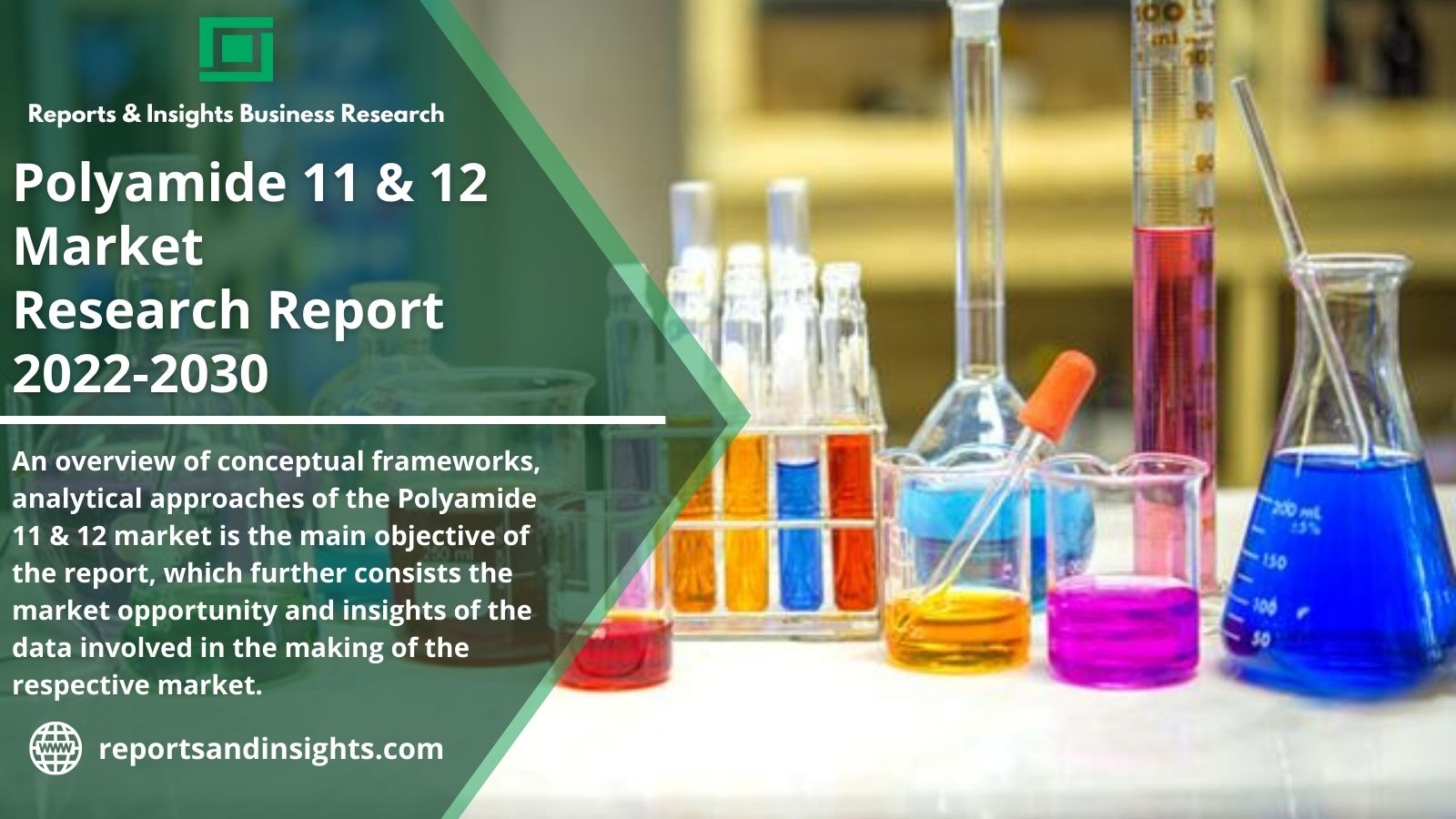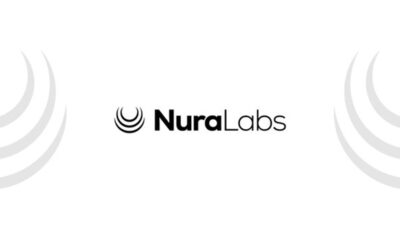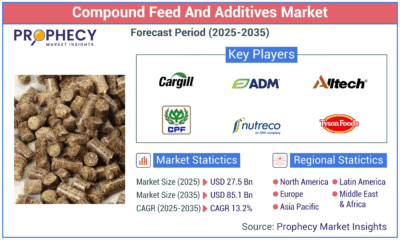Business
Polyamide 11 & 12 Market Size 2022-30 Share, Industry Research Report, Trends, Growth, Analysis, Region-Reports and Insights…

The report titled “Polyamide 11 & 12 Market: Opportunity Analysis and Future Assessment 2022-2030” recently issued by Reports & Insights has the key objective to provide its readers with an absolute detailed and precise information about the respective market in conjunction with the profound knowledge of the statistics geared towards the development of the respective market. For better understanding of the readers, the report also includes extensive know-how of the market, conceptual framework, and prevailing trends of the market along with the precise textual and graphical representation. Moreover, the report also mentions thoroughly about the leading players competing in the market for the consistent intrigue of its readers.
Global Polyamide 11 & 12 Market, By Type (Polyamide 11 and Polyamide 12), By Processing (Injection Molding, Extrusion, Rotomolding, and Assembly Process), By Application (Automotive, Additive Manufacturing (3-D Printing), Energy, Consumer Goods, Industrial, Aerospace & Defense, Sports & Leisure, and Electronics) and By Region (North America, Europe, Asia Pacific, Latin America, Middle East, & Africa) is expected to grow at a significant CAGR for the period between 2022 and 2030.
Request To Download Sample of Polyamide 11 & 12 Market Report:
Polyamides are a class of synthetic, long-chain molecules that are made up of many repetitions of the amide group. Polyamide 11 is also called Nylon 11, and Polyamide 12 is also called Nylon 12. They are made by spinning chains of monomers together to form a polymer. Polyamides are biodegradable polymers made from natural resources. They are used in the production of insulation, plastics, and textiles However, there are two types of polyamides, polyamide 11 and polyamide 12.
Polyamide 11 was introduced in 1948, polyamide 11 is made up of the amide linkage between carbon atoms and hydrogen atoms, so it lacks hydrogen on its backbone and it is 100% synthesised, while polyamide 12 is mainly created from petroleum and it has additional hydrogen on its backbone. These differ only in the arrangement of their atoms. Polyamide 11 is a more flexible material which is not as resistant to heat and can be dyed into any colour after it is woven, whereas polyamide 12 is a stiffer material and has less stretch than polyamide 11.
With increasing technological advancements across healthcare & automotive industries, demand for new product manufacturing & developments are expected to boost the growth of these industries, further augmenting the economic growth of this target market in the process.
3D printing technologies are on the rise and are gaining popularity over various industries coupled with the rising adoption by manufacturers. Usage of polyamides is also expected to increase due to their properties such as resistance to different chemicals. This increasing adoption of 3D printing technology is slated to increase demand and create opportunities for players to extend & strengthen their customer base.
significant performance and cost advantages over the traditional plastics that are being used for decades. There are many benefits to using polyamides such as their high elasticity, high chemical resistance, and good adhesion and bonding properties. These properties associated with the usage of polyamides are expected to create opportunities for new market entrants as well as existing players to increase their product portfolio, production capacities, and increase their respective geographic presence.
Electric vehicles are gaining popularity, as various governments have eased tax and are also offering subsidies. Electric vehicles require huge battery sets and these battery sets require cooling. For cooling purposes battery lines are being made from polyamide 11, to save cost. This is a trend observed in the automotive industry, and with the increasing demand for EVs, the demand for polyamides will increase.
Some of the key participating players in global polyamide 11 & 12 market are Arkema, Evonik Industries Ltd., EMS-Chemie Holding AG, and RTP Company.
-

 Press Release7 days ago
Press Release7 days agoIn2space Launches Campaign to Make Space Travel Accessible for All
-

 Press Release3 days ago
Press Release3 days agoNura Labs Files Revolutionary Patent: AI-Powered Wallet Solves the $180 Billion Crypto Staking Complexity Crisis
-

 Press Release13 hours ago
Press Release13 hours agoGlobal Compound Feeds and Additives Industry Report: Market Expansion and Competitive Insights to 2035
-

 Technology12 hours ago
Technology12 hours agoWhat to Know Before Switching Cell Phone Network Services in 2025














